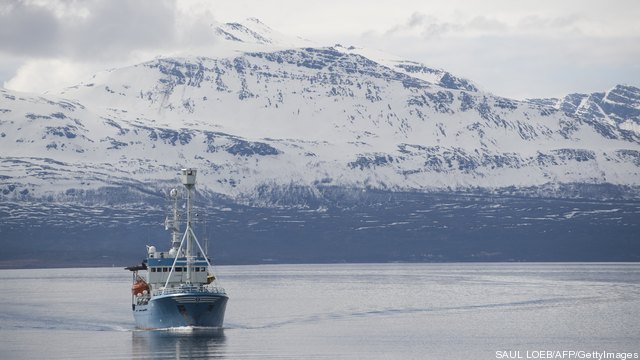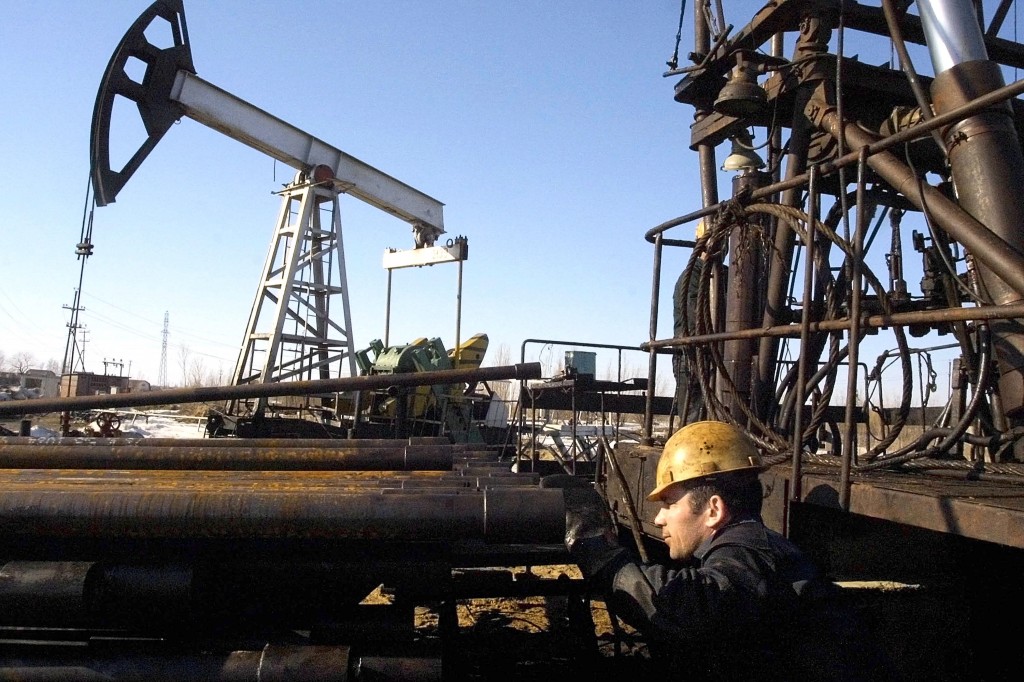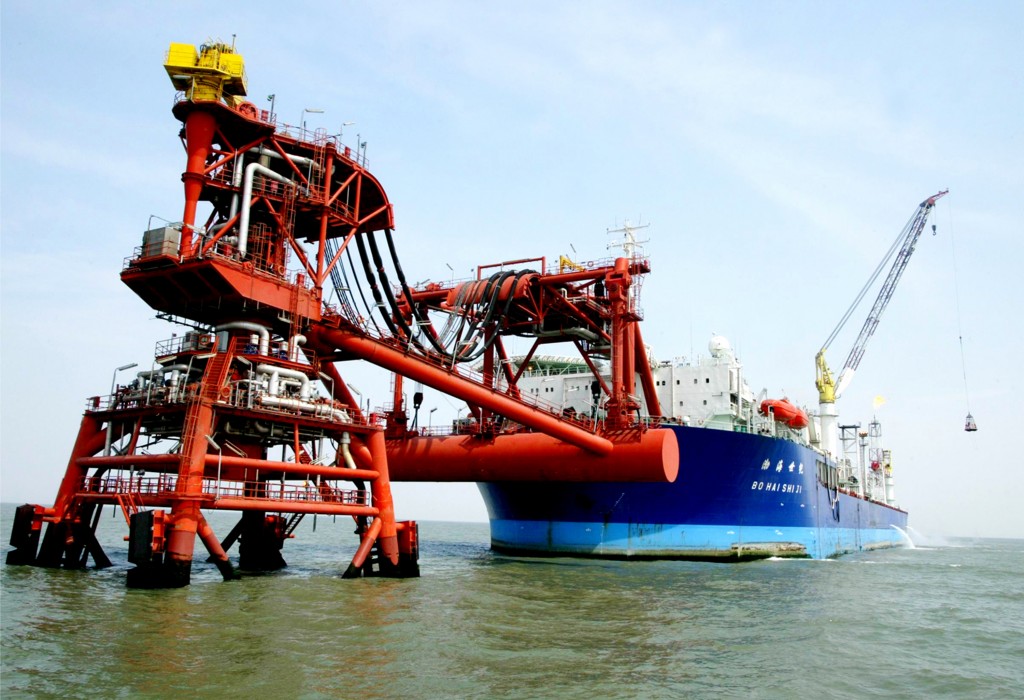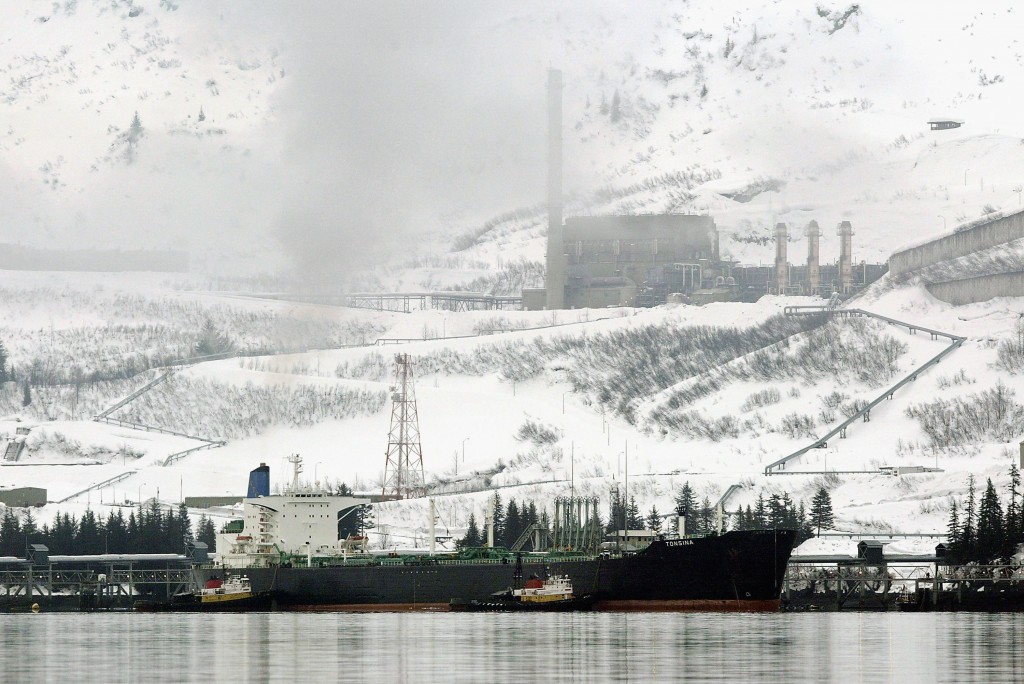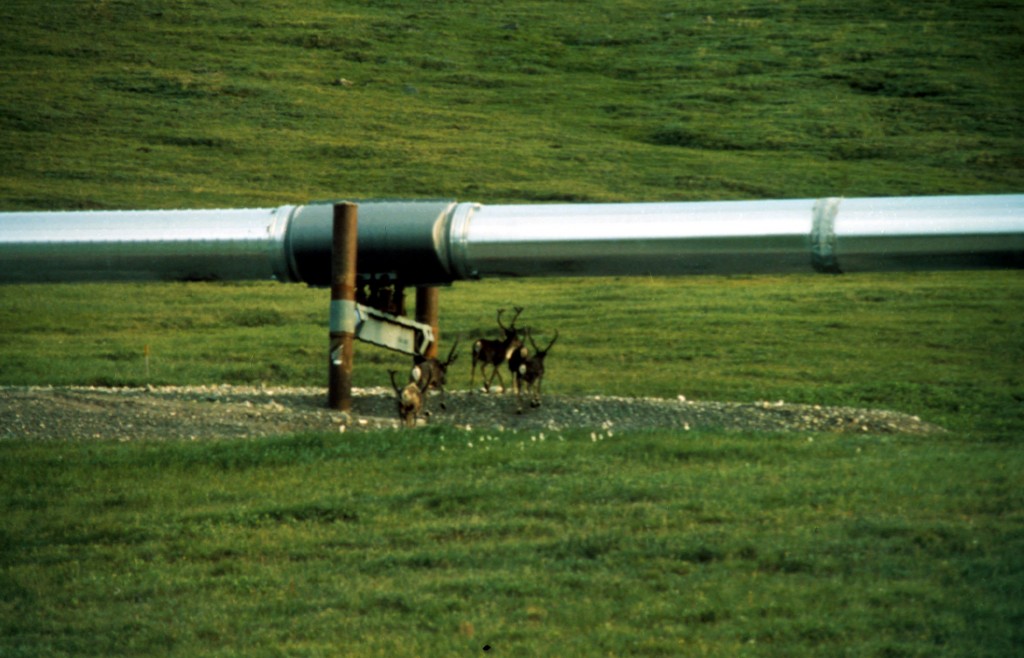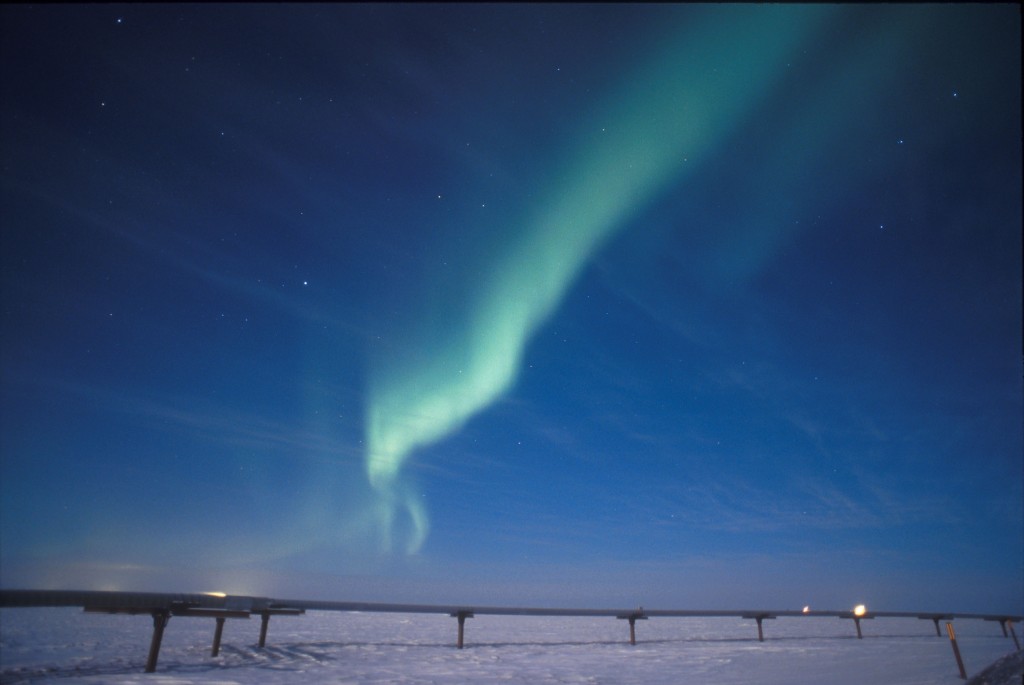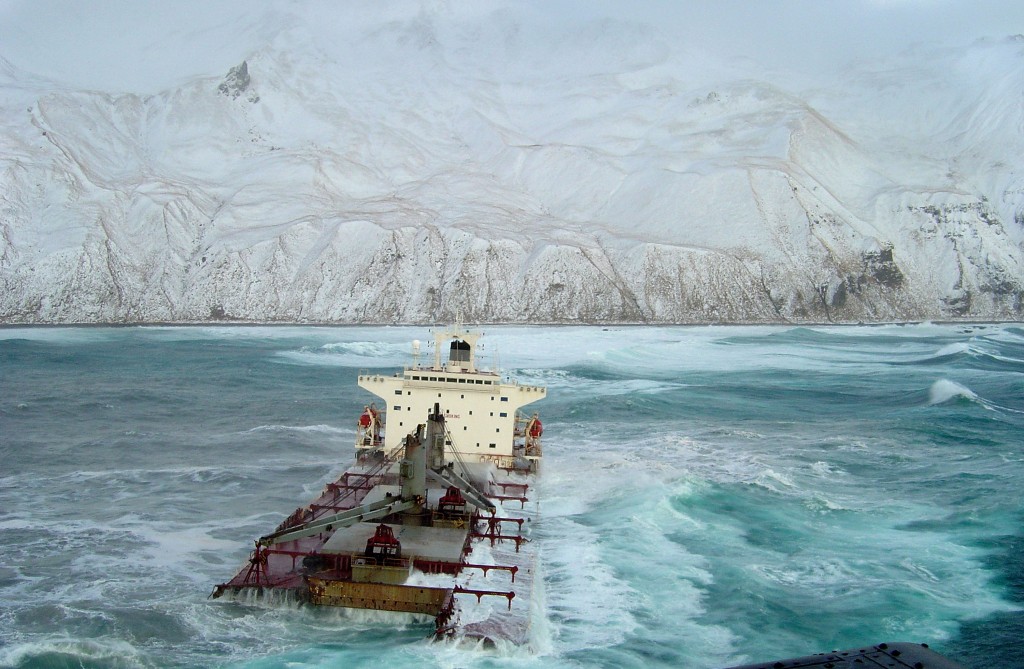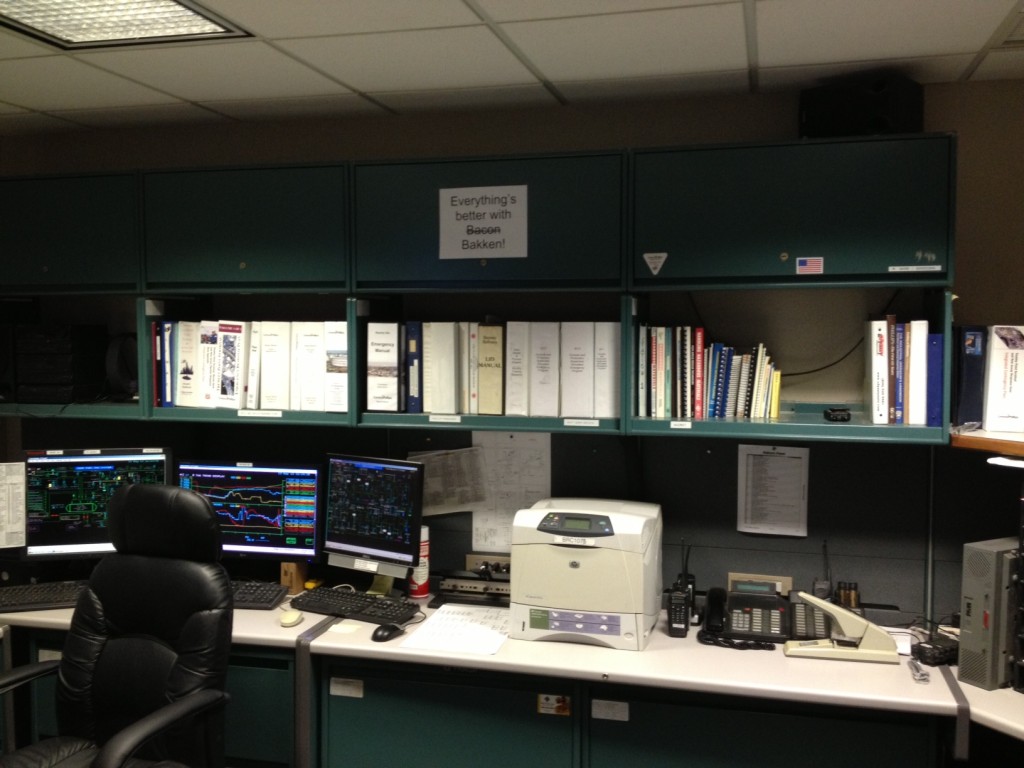With the latest extension of OPEC’s production cut set to continue for an additional nine months President Trump believes it is a good time to reopen the discussion on Alaskan drilling. It has long been suspect that the vast 19-million-acre Arctic National Wildlife Refuge (ANWR) contains large untapped reserves of oil. By opening this area for commercial development President Trump proposes attempting to help alleviate two problems simultaneously.
Search results for: ANWR
Sign up and get Breaking Energy news in your inbox.
We will never sell or share your information without your consent. See our privacy policy.100 Days: Access To Arctic Energy Key To U.S. Security
By Energy Tomorrow BlogThe enormity of Alaska’s energy potential – onshore and offshore – may be difficult for most Americans to fully grasp. Consider: An area the size of a metropolitan airport within the Arctic National Wildlife Refuge (ANWR) is estimated to hold between 4.3 billion and 11.8 billion barrels of oil – though that assessment is nearly… Keep reading →
Energy News Roundup: Big Oil M&A’s Decreasing, Hawaii Gov Against Utility Sale & Federal Judge Rejects Alaskan Oil Venture
By Conor O'SullivanBar the Shell-BG merger in April 2015, the value of oil and gas mergers in the second quarter of 2015 was the lowest since 2008. [EIA] Hawaii Governor David Ige has stated that he doesn’t support the sale of Hawaiian Electric to Florida-based NextEra Energy. [The Huffington Post] A strategy pushed by former Alaska Governor… Keep reading →
New Offshore Oil Regulations Respond To Key Failures Of Deepwater Horizon Spill
By Enerknol ResearchInsight for Industry – New Offshore Regulations Respond to Key Failure On April 13, 2015, the Department of the Interior’s (DOI) Bureau of Safety and Environmental Enforcement (BSEE) proposed new offshore oil and gas regulations that will cost the industry hundreds of millions of dollars. However, offshore oil and gas producers will have several years… Keep reading →
The DOI has proposed additional regulations for exploratory drilling in the Alaska OCS to ensure that operators implement necessary measures – including integrated operations and spill-response plans – through all phases of offshore exploration. The oil and gas resource potential of the Alaska Outer Continental Shelf (OCS) has received considerable attention from industry. On February… Keep reading →
Alaska’s Arctic National Wildlife Refuge regained national attention over the weekend when the Obama administration announced plans to prevent oil and gas drilling along the coastal plain, which is expected to contain considerable hydrocarbon resources. Senator Lisa Murkowski and state officials vehemently oppose the action and are digging in for a fight. Murkowski, Gov. Bill… Keep reading →
Several of the Lower 48 United States, such as North Dakota, are in the midst of rapid oil sector growth. Meanwhile, oil output in Alaska – traditionally a producing state – is declining. And who owns the land could be a factor in that disparity. US oil production has grown rapidly over the past… Keep reading →
A broad swath of energy industry insiders will be converging on Anchorage for the USAEE North American conference next month, giving the state’s governor an ideal forum to lay out his plans to extract and market the state’s massive gas resources. But geologic features of some of Alaska’s most well-known fields may mean that the… Keep reading →
In case you missed them, here are some highlights from Breaking Energy this week. Breaking Energy’s own intrepid editor, Jared Anderson, discovered that operators of the Phillips 66 Bayway Refinery prefer Bakken to bacon (see incontrovertible proof above). The US Department of Energy finally gave the green light for non-FTA exports to a second plant… Keep reading →

The Obama Administration, encouraged by environmental groups, has blocked yet another affordable energy project-the Keystone XL Pipeline. Add this to the unconscionable slowdown of leasing and production in the Gulf of Mexico, foot-dragging on production in the Chukchi and Beaufort Seas, blocks on offshore production in the Atlantic and Pacific, and continued prohibitions and impediments to production in non-park, non-wilderness areas of the Western U.S. and ANWR. For each one, the claim is that the production wouldn’t make much difference.
Well, the XL Pipeline would bring 750,000 barrels per day to our energy markets. Just this one pipeline would add nearly as much as the 800,000 to 900,000 barrels per day we import from Venezuela-our fourth-largest foreign supplier. One of the most fundamental and least controversial concepts in economics is that increasing supply reduces price. The impact on petroleum price is compounded by the host of petroleum-producing projects that have been blocked, delayed, and impeded by the Administration. These projects could add millions of barrels per day to the petroleum markets. Keep reading →

